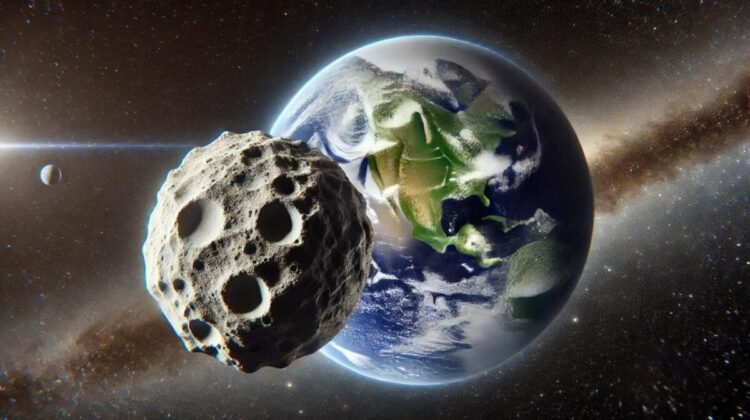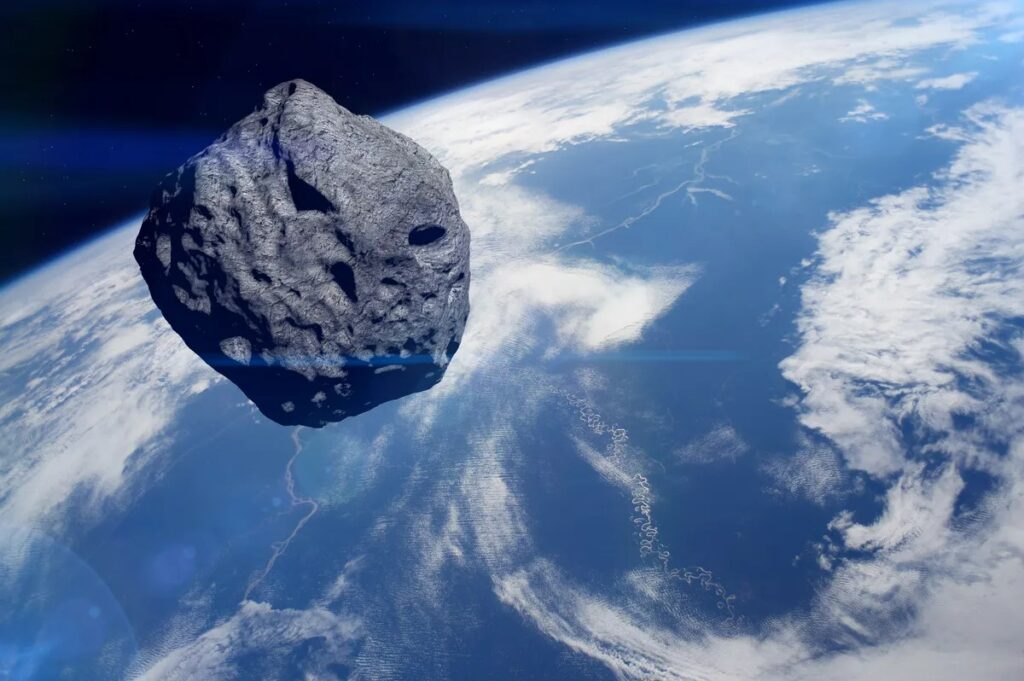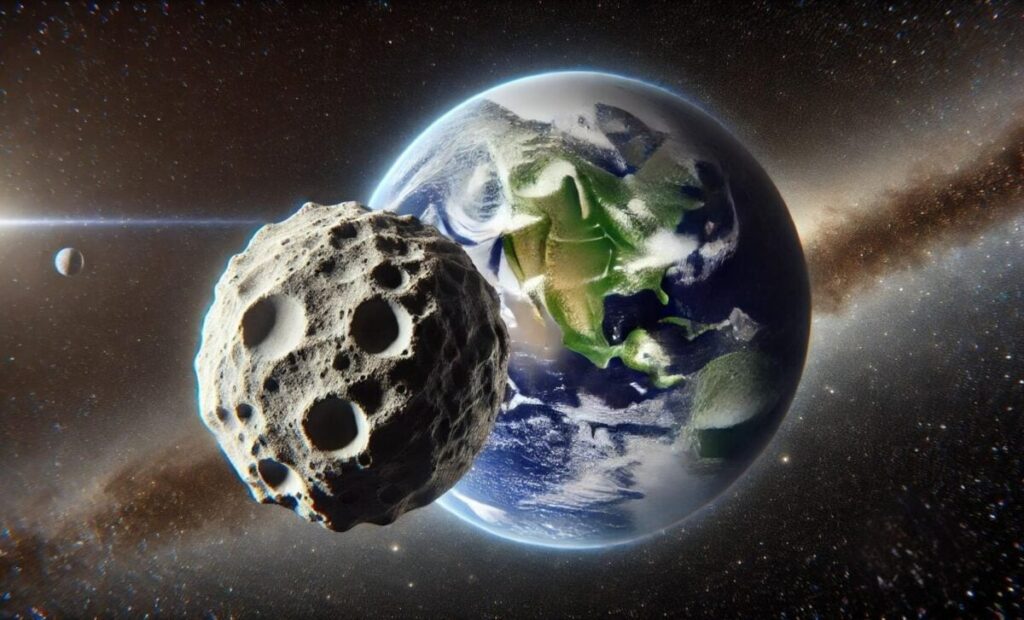
In a couple of weeks, Earth will have a mini-moon for 56.6 days.
In a cosmic phenomenon that’s captivating astronomers worldwide, asteroid 2024 PT5 is set to become Earth’s temporary second moon. This celestial visitor will be captured in our planet’s gravitational pull for a brief period, offering a unique opportunity for scientific study and observation.
A Brief Encounter
The asteroid, measuring approximately 10 meters in diameter, is expected to enter Earth’s orbit around September 29. It will remain in this configuration for approximately 56.6 days before being released back into its solar orbit. This temporary lunar companion, often referred to as a “mini-moon,” will provide scientists with a valuable chance to study near-Earth objects and their interactions with our planet.

A Celestial Anomaly
Unlike artificial satellites or space debris, 2024 PT5 is believed to be a natural celestial object. Its orbit and characteristics suggest it might be an Arjuna asteroid, a type of near-Earth object with a similar orbital path to our planet. This classification is inspired by the ancient Indian epic Mahabharata and its central character, Arjuna.
Observational Challenges
While the prospect of a mini-moon is exciting, observing it directly may be challenging for amateur astronomers. 2024 PT5 has a relatively dim absolute magnitude of 27.6, making it difficult to spot with most telescopes. However, professional astronomers and space observatories will undoubtedly be closely monitoring its trajectory and behavior.

Historical Precedents
This isn’t the first time Earth has had a mini-moon. Asteroid 2022 NX1, for example, was captured in our orbit in 1981 and again in 2022. It is expected to make another return visit in 2051. 2024 PT5 is also likely to make multiple appearances as a mini-moon in the future.
The arrival of asteroid 2024 PT5 as a temporary mini-moon offers a fascinating glimpse into the dynamic nature of our solar system. This celestial event provides scientists with a valuable opportunity to study near-Earth objects and their potential impacts on our planet. As we eagerly await its arrival, we can marvel at the wonders of the cosmos and the ever-evolving nature of our cosmic neighborhood.

Leave a Reply